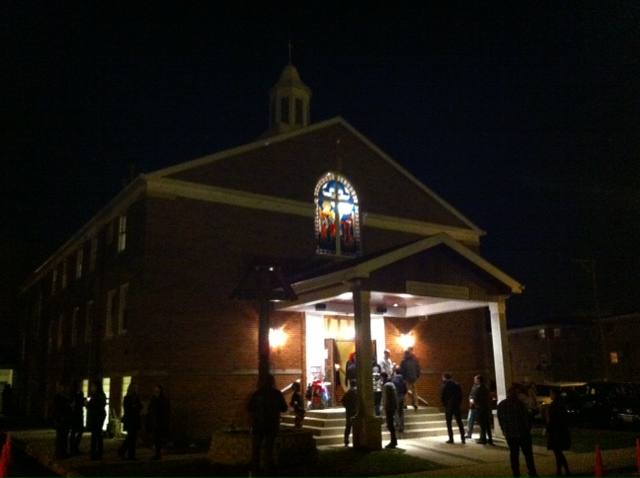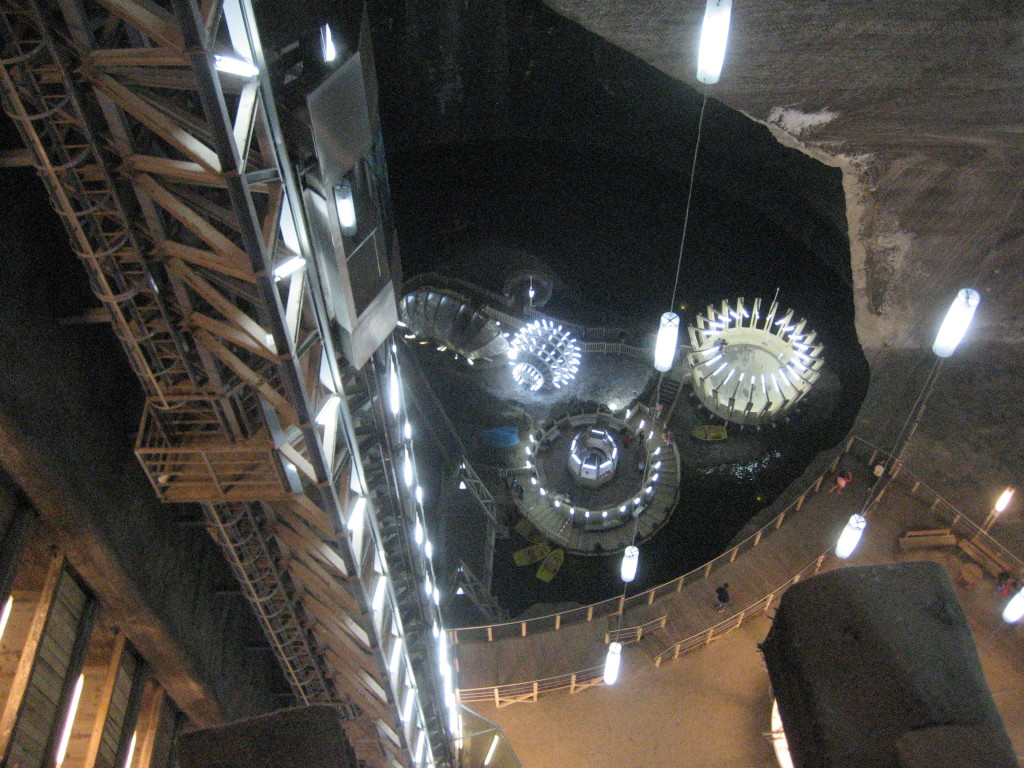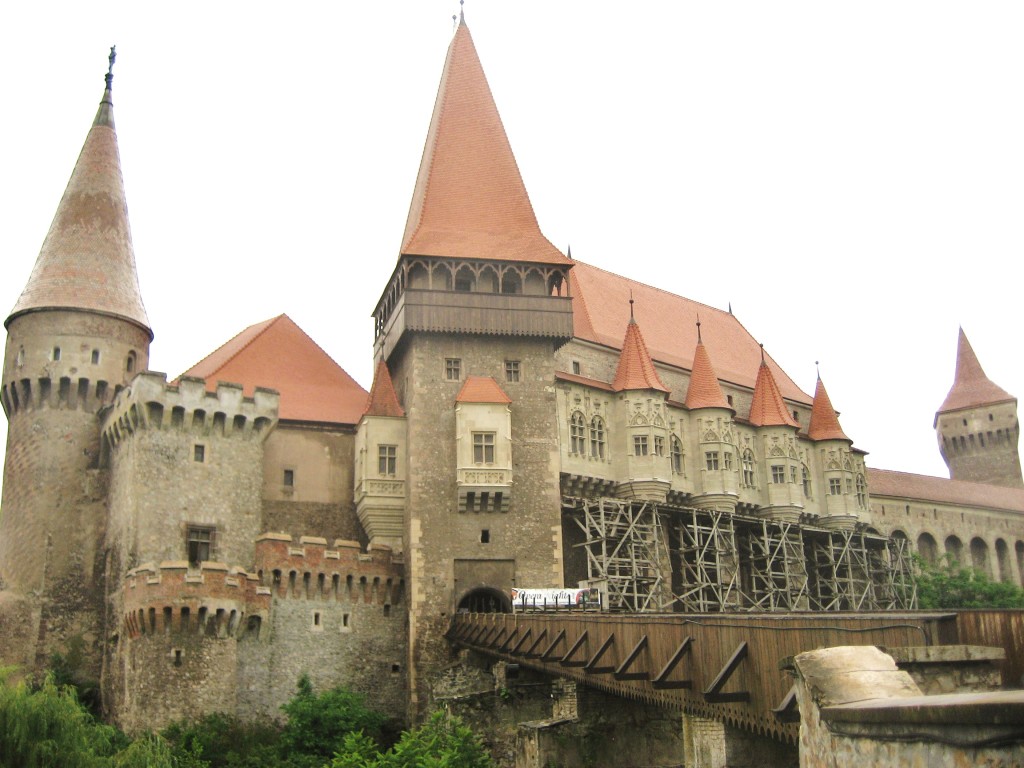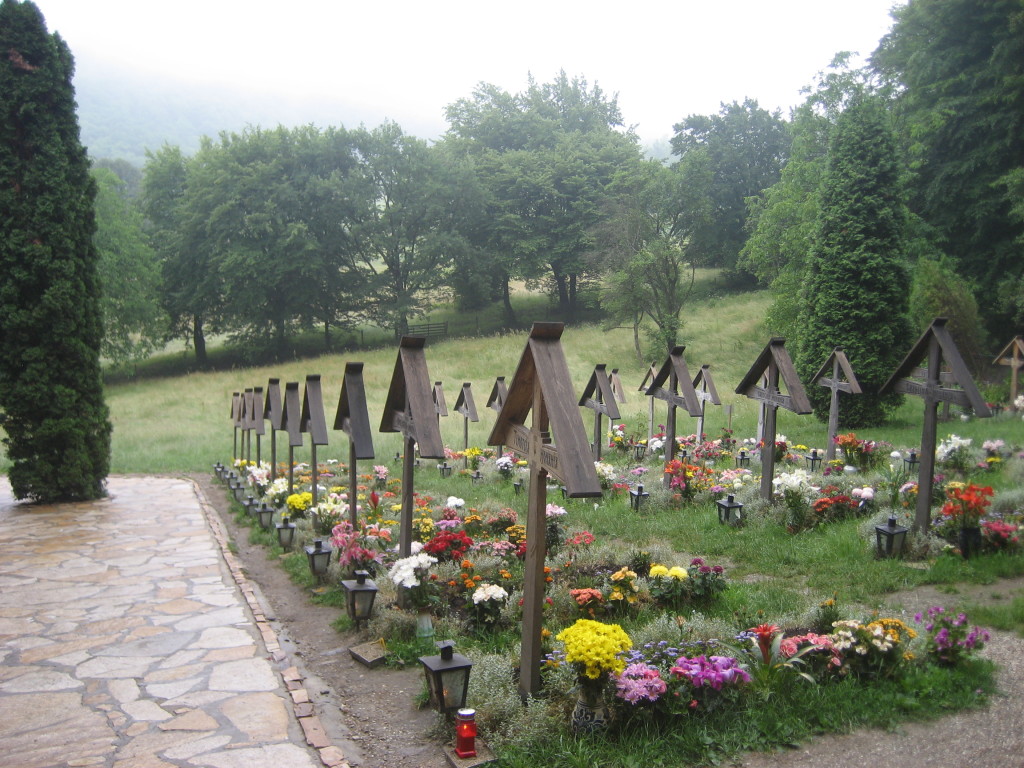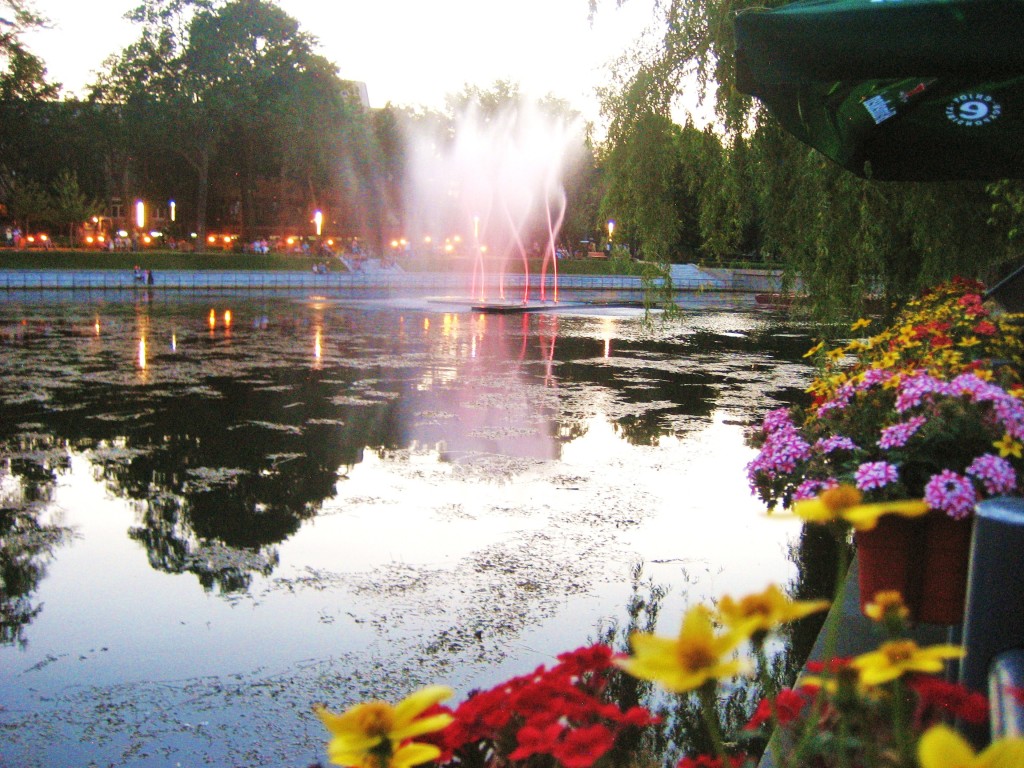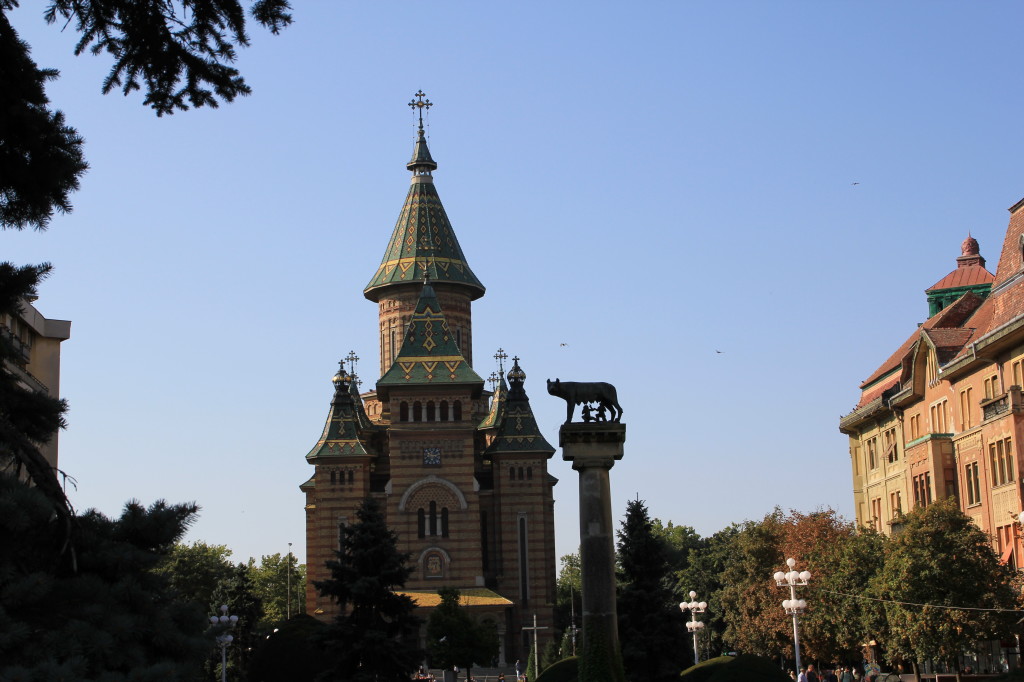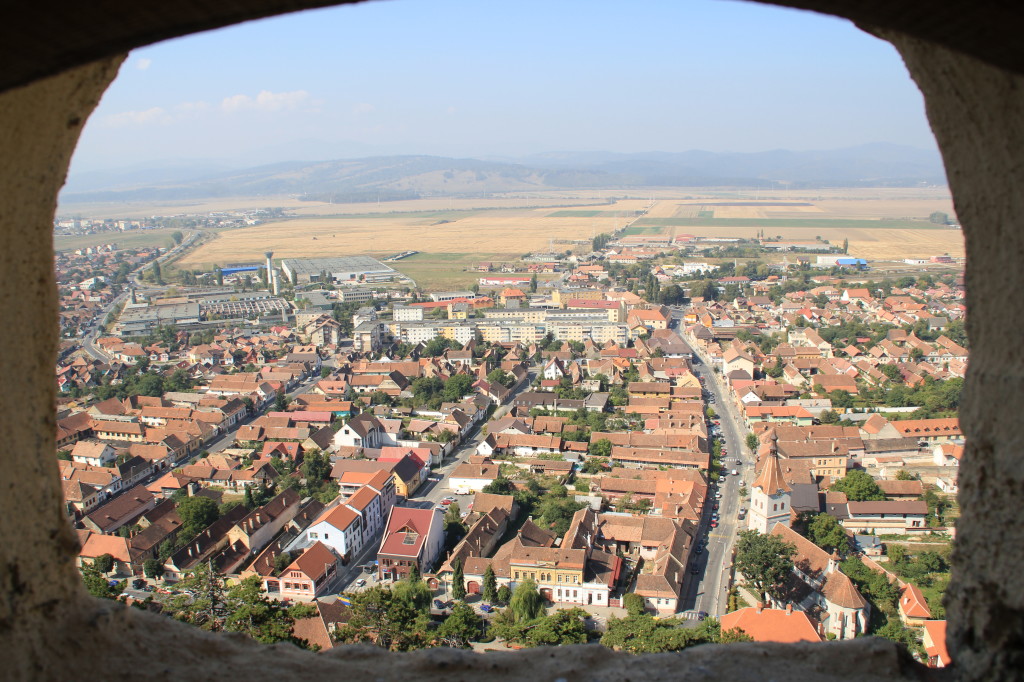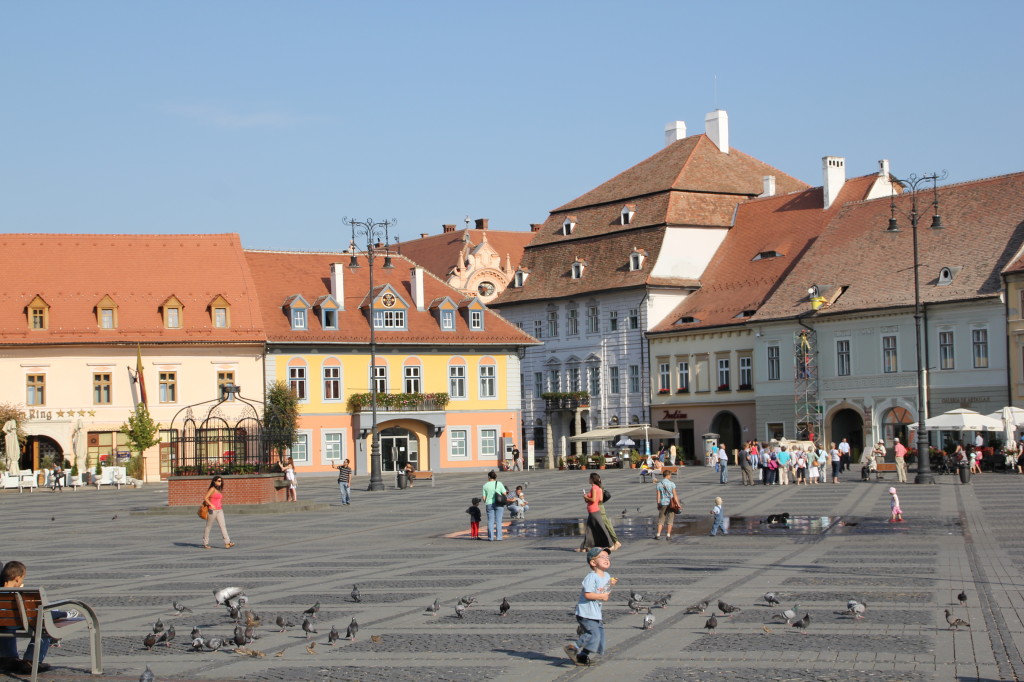De Pasti in Chicago
Vreti a sti cum e la o biserica Ortodoxa Romana din SUA in noaptea de Pasti? Aceasta e experienta mea (in acest an in Chicago; acum citiva ani in Orlando, Fl iar cu si mai mult timp in urma in Hollywood, Florida): Adevarat, sint obisnuita cu noptile de Inviere in Arad, de obicei in micutul sat al bunicilor mei. Acolo noaptea de Paste e marcata de “Inviere”, sarbatorita prin inconjuratul bisericii de TREI ori, la pas INCET. Dupa o experienta anterioara in Hollywood, Florida, (unde cladirea bisericii este lipita de gardul soselei nationale, si deci un Inconjur al ei imposibil, urmat de inconjuratul parcarii in loc de locas sfint) in acest an, in Chicago, am cautat o biserica romaneasca ortodoxa care sa dea posibilitatea urmarii unei traditii vechi si dragi mie. Am gasit in nordul orasului, 35-40 de minute de unde locuiesc acum, biserica “Romanian Orthodox Archdiocese“. Nu are garduri sau impedimente si deci parea a se putea inconjuta. Am ajuns acolo pe la 11:40 seara, pentru slujba. Dupa gasirea unui loc de parcare pe o straduta cu case linistite, unde luminile stinse din interior aduc imaginea unor proprietari deja visind in paturile lor calde, am ajuns in fata bisericii pline de lume. Cele 20 de minute pina la ora 12 noaptea au trecut repede. Curind preotii au iesit din biserica se au inceput inconjurul. Mi-a parut putin ciudat ca nu toata lumea i-a urmat dar probabil ca unii, mai in virsta si cu ceva experienta aici, stiau deja ce va urma?! Am pornit-o si eu pe urmele preotilor, cu luminarea aprinsa in mina. Am realizat curind ca trebuie sa prind ceva viteza. Nu e satul bunicilor aici! Acolo preotul si batrinii care il urmeaza, pasesc incet cintind “Hristos a Inviat din Morti”. Aici e Chicago! Un oras mare si grabit! Am incercat sa tin pasul iar luminarea mi s-a stins de prea multe ori ca sa mai cer foc de la cei care o au pe a lor inconjurata de o protectie solida, gen pahar de plastic, gros si inalt. Dupa acest tur grabit s-a ajuns din nou in fata portii locasului sfint si s-a trecut deja la partea in care preotul bate in poarta. Poarta s-a deschis si BINGO! Cu totii au intrat in biserica! Asta e! Un singur tur grabit si din nou innauntru. Ah! Cum imi lipsesc Pastile in satul bunicilor! Mi-e dor de ei si de toate acolo. Sa mentionez si mincarurile si prajiturile care m-ar rasfata daca as putea fi acolo? In fine… din nou inghesuiti in biserica dar acum si cu luminarile aprinse in miini, am avut inca o surpriza finala: preotul cu cadelnita! Tinar si cu pas grabit, a venit de citeva ori in multime iar in graba in care se misca, lumea deja inghesuta a trebuit sa ii faca rapid loc, pasind innapoi spre luminarile aprinse in miinile celor din spatele lor. Poate doar faptul ca sintem intr-o biserica a salvat citeva persoane din a se transforma in torte vii. Ce e cu toata viteza asta? E oare faptul ce totul se petrece in SUA si viata e mai rapida aici? Chiar asa? Luam traditiile din tara si le transformam rapid? Sau exista oare si in Romania zone unde Inconjurul se face doar o singura data? Cu citiva ani in urma, in Orlando, Florida acest Inconjur a fost facut la fel, doar o singura data. Am crezut atunci ca asta era leagata de ideea de Inconjur a preotului de acolo si de faptul ca nu eram prea multi Romani in zona. Acum insa…. ma intreb…. de ce? E oare la fel peste tot in SUA? Exista oare parti din Romania unde e la fel? Un singur tur grabit?Mi-am amintit acolo de o gluma facuta cu matusa mea acum citiva ani, cind am avut norocul sa fiu din nou de Pasti in satul ei si al bunicilor. Plecasem tirziu spre biserica in noaptea Invierii iar matusii ii era teama ca deja inconjurul a inceput. Ca sa ajungem in timp am parcurs acel kilometru de la casa la biserica cu pasi mari, in viteza. Am glumit atunci ca daca preotul si enoriasii au inceput inconjuratul, la viteza prinsa de noi acum, in timp ce ei fac ultima (a treia) tura noi putem recupera si inconjura de trei ori in jurul lor. Matusa a ris, imaginind cit de ridicol si caraghios ar arata. Acum, In Chicago, imi pare ca gluma e aproape realitate. Doar ca nu de trei ori. Un singur inconjur cu viteza! Am petrecut poate prea mult timp in copilarie la tara? E mintea mea obisnuita cu traditia Invierii urmind un anume ritm si model iar acum nu ma pot readapta? Oricum….Pastile le-am luat si sint bune! Piinea e proaspata si vinul rosu e gustos! Hristos a Inviat!
